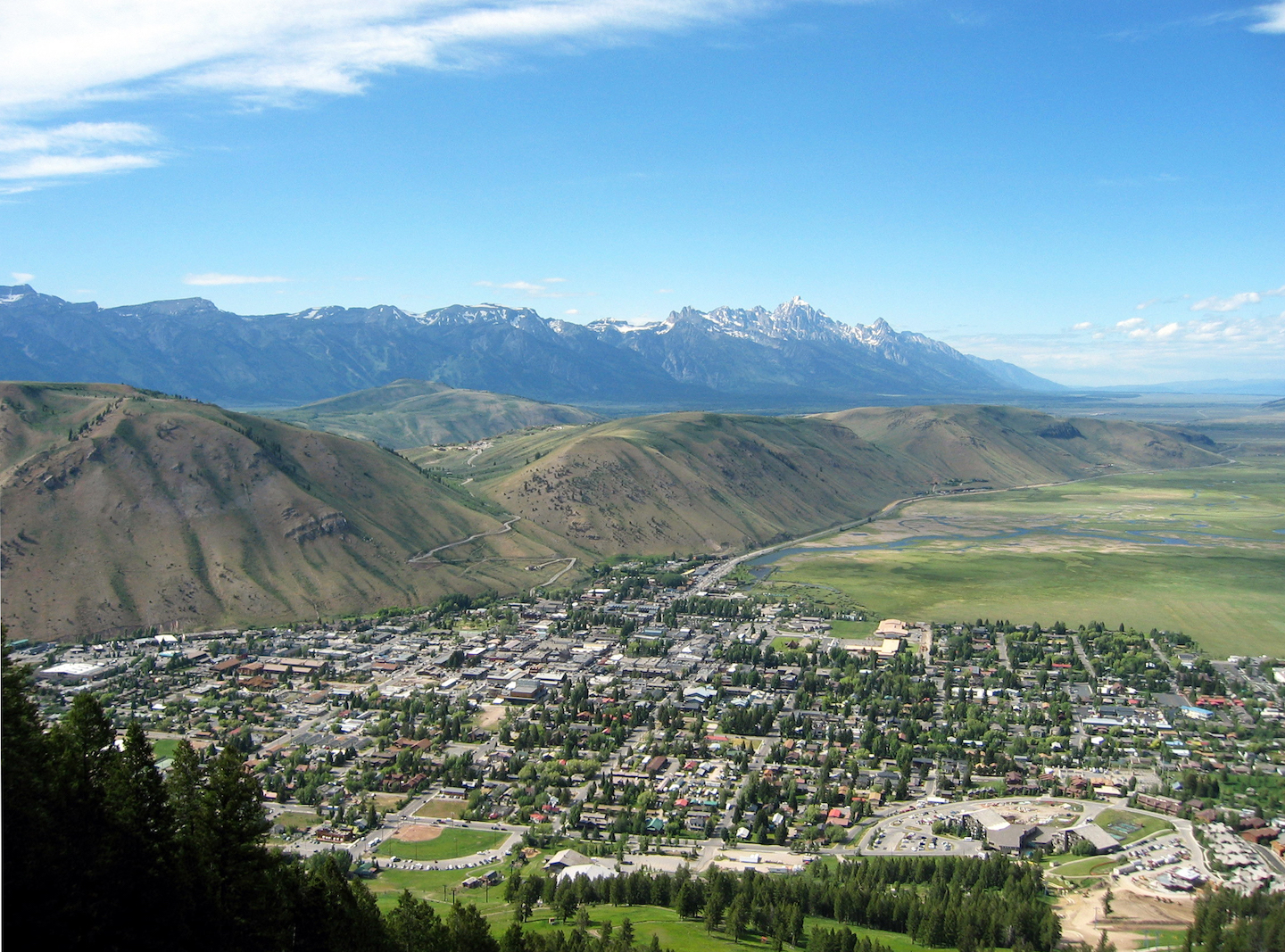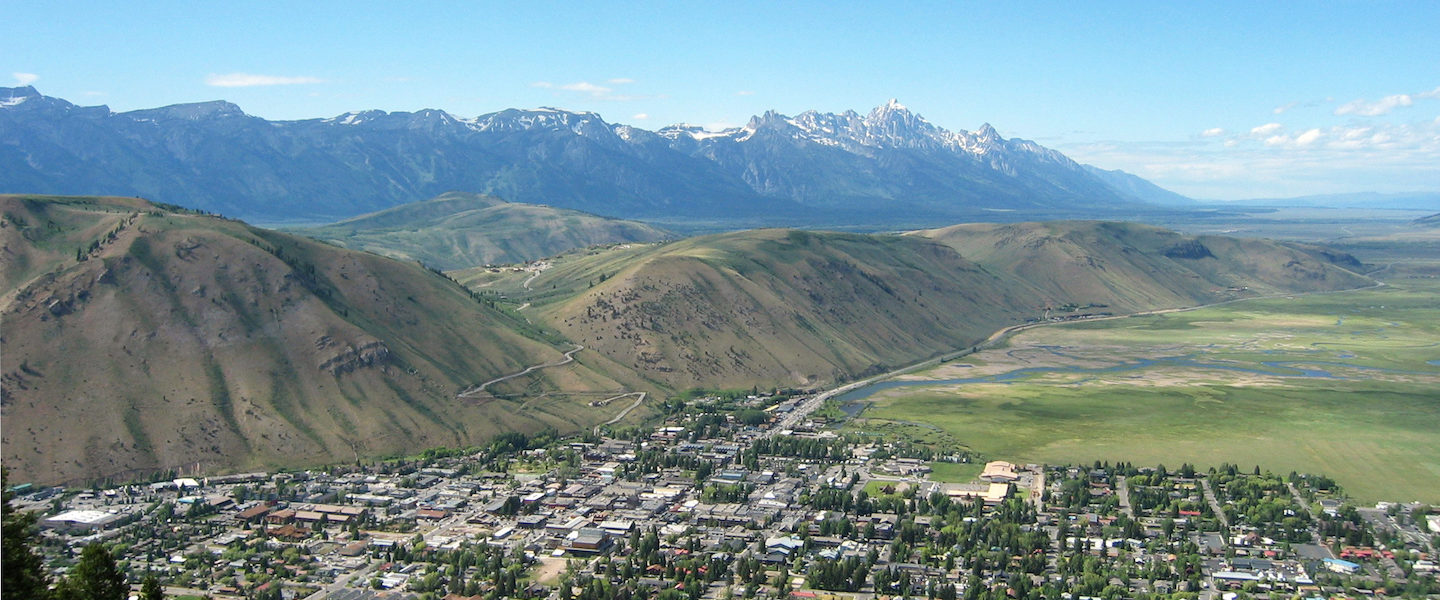In 2024, Teton County, Jackson put 228 people in affordable homes. Still, fewer workers live there

By Charley Sutherland
Jackson Hole News&Guide
Via- Wyoming News Exchange
JACKSON — Last year was a banner year for the joint town and county housing department. It welcomed more people, 228, than ever before into affordable homes.
At the same time, Jackson and Teton County lost ground on one of the signature indicators of success for the community housing program. In 2023, 58% of Jackson Hole workers lived in town. A year later, that figure has dropped to 57%, or 11,268 people.
The contradiction led to some disagreement among elected officials on the town and county’s future strategy for pursuing affordable housing as town councilors and county commissioners discussed a housing supply plan. Ultimately, both bodies unanimously passed the five-year guiding document, which housing leaders update annually.
“The trend lines are just not working for us. We’re building a lot of housing and we seem to be falling behind,” Town Councilor Jonathan Schechter said. “Who do we want to have living here in 10, 15 years?”
The annually updated five-year plan calls for strengthening the town and county’s housing preservation program, which aims to house workers in homes that already exist through down payment assistance, deed restrictions the housing department purchases from sellers and providing funding to employers interested in buying homes for their workers.
The plan also calls for continuing to build affordable homes and creating opportunities for older adults to age in place.
The preservation program, Mayor Arne Jorgensen said, is a unifier. Conservationists and housing advocates seem to agree, he said, that having existing homes occupied by workers is a good thing. Commissioner Natalia D. Macker concurred.
“Preservation just keeps rising to the top of what I see us needing to focus on,” Macker said.
The question about who to house in Jackson Hole is, however, an issue that Schechter, an economist, has been grappling with in recent months.
He published a newsletter that drew scrutiny from housing advocates and other elected officials. In it, he said Jackson Hole and its leaders needed to reflect on the economic realities the community faces and asserted that any attempts to address Jackson Hole’s housing crisis that don’t get at the underlying economic realities are performative.
Commissioner Wes Gardner saw it differently at last Monday’s discussion. The only reason the county has 57% of its workers living where they work, rather than 45%, is because of the housing department’s efforts, he said.
“If the question is ‘Should we keep on this path, even though the results don’t look great?’ My answer is ‘Hell yes,’ ” Gardner said.
“The market is killing us,” he added.
Teton County’s job growth continues to outpace its supply of affordable and workforce housing, Housing Director April Norton told electeds.
Since last year, Teton County added 334 jobs, but its population grew by only 40 people, Norton said. That means more commuters are streaming into the valley, driving down the percentage of the county’s workforce that actually lives in Jackson Hole, Norton said.
Last year’s numbers also fit with a larger trend. In the last 10 years, the county has added 4,269 jobs and 1,664 homes — but its population has grown by fewer than 300 people.
While 43% of the county’s workforce — 11,263 people — commute to Jackson Hole, 2,136 units sit vacant, leading one county commissioner to see second homes as the primary problem.
“I’m bringing a problem with no solution — it’s these second homes,” Gardner told Norton. “You see what the vacancies are, oh my God, you talk about taking the soul out of the Hole, that’s what’s doing it.”
Second homes that sit empty create jobs, Gardner said. First, the homes need to be built, and then maintained and looked after, exacerbating the gap between jobs and actual residents.
The housing department is making progress, Norton said.
She’s proud of the department’s achievements last year. The department, through private-public partnerships, provided 57 rental homes in the Jackson Street Apartments, 48 rentals in the Flat Creek Apartments and six homes for local workers to buy through the first phase of Parkside at Benson-Brown Station.
“The reason we do this work,” Norton said, “is for families and individuals who are living here and making this community what it is, which is a great place to live.”
For Mayor Jorgensen, Jackson Hole’s housing issues are clear to understand though difficult to solve.
“If you’re earning your money in our local economy,” Jorgensen said, “you cannot outbid the wealth that’s attracted this community.”
Baby boomers are nearing retirement age, Norton said.
A housing department survey found 12% of people working in “core services,” such as plow drivers, hospital workers, teachers, police officers and sheriff’s deputies, are 60 years old and over. The people who will replace those folks won’t be able to afford free-market homes, Norton said.
Because of job growth and a retiring workforce, the town and county need at least 2,000 restricted homes for workers to have 60% of workers living in Jackson Hole. The last time the town and county was at that benchmark was in 2016.
Of 2,900 enrolled students at Teton County public schools, 27% receive free meals. A three-person household must earn less than $33,566 a year to qualify, and 491 students meet the mark, the plan said.
To qualify for reduced-price meals, a household of the same size must earn less than $47,767 a year. Two hundred and ninety-one students qualify. About 70 students are unhoused and have no fixed address, Norton said.
“We are the wealthiest county per capita in the nation,” she told elected officials. “We have people in need.”
The housing department hasn’t yet received direction from elected officials to focus on low-income families receiving free and reduced-price school meals, Norton said.





